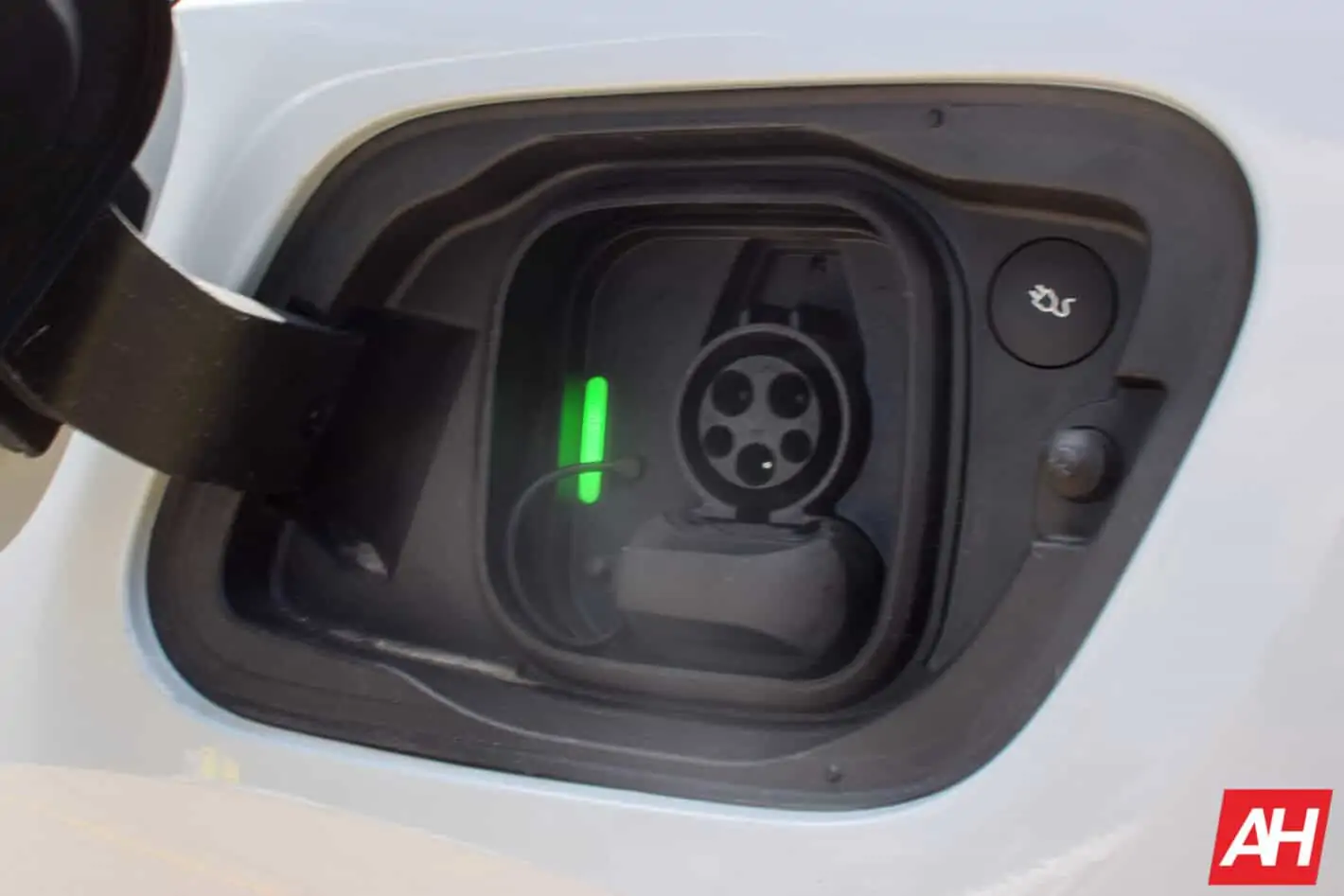We all already know how great Google Maps is, and probably use it all the time. But when it comes to driving an Electric Vehicle or an EV, Google Maps gets a whole lot better, actually. And way more useful too.
There’s a couple of things that Google Maps does when it is being used in an EV. Firstly, it will show you where EV chargers are, so you can easily get to one and recharge your vehicle. Secondly, it will also provide you with an estimate of the battery percentage when you get to your destination. So if you’re driving 30 minutes to work, Google Maps can estimate that your battery will be down to 70% by the time you get there.
Both of these features are great for curing range anxiety. Especially if you do not have a way to charge your EV at home. This is especially useful for those that have apartments and can’t install a charger for their car.
Google Maps in Android Auto & Docked smartphones
Google Maps is pretty friendly to EV drivers. But of course, it works even better in Android Automotive, since it is built-into the car. But let’s go over some features that Google Maps has for EV drivers, that do not have Android Automotive.
Searching for EV Chargers
Say you are driving and notice that your battery is getting low. You type in Google Maps to find an EV Charger to go to, and charge your car. But you get there and all of the chargers are being used. What now? You’re probably pissed, and have even less battery to get to another one.
That’s where Google Maps comes into play. It is able to display how many chargers are actually available.
However, this is not the case with all EV chargers that you may see on Google Maps. This seems to really only work for ChargePoint and EVgo chargers. Those from ElectrifyAmerica and others are not able to show you how many are actually available. However, Google Maps can tell you the number of chargers at each location, and the speeds.
Finding DC Fast Chargers
DC Fast Charging is what is going to be the future of electric vehicles. Being able to charge from 0-80% in about a half-hour to an hour, is a game-changer. So you’re going to want to find a DC Fast Charger that can charge your car as fast as your car can handle it. And Google Maps can help you out there as well.
On Google Maps, it will show you the connectors that are available. These are typically CCS and CHADeMO (which is used mostly by the Nissan Leaf and Mitsubishi Outlander). CCS is typically used by everything else that is not a Tesla, and offers fast charging up to 350kW.
Look at the Electrify America location above, we can see that there are one CHAdeMO stations available and it does up to 50kW. While there are 11 CCS stations with seven doing up to 150kW and four doing up to 350kW. If you have the Porsche Taycan, you’ll want to take advantage of that 350kW charging for sure. As it can charge at up to 225kW. Currently, there are no EVs that can charge at the full 350kW. This is more of a future-proofing thing, as car charging is getting faster and faster. And it is a huge difference compared to the 150kW that some other chargers do.
Google Maps on Android Automotive
Where the beautiful integration of Google Maps and your EV really come in handy is in Android Automotive. This is because Google Maps is built into the car and can access a lot more data of your car. Like the current battery capacity, how you’ve been driving the car (to better guesstimate the battery rate) and more. Let’s talk about a few of these features.
Adding charging stations to your trip
When you start a trip that is going to be longer than the range of your vehicle, Google Maps is able to add in charging stations along your route. And it will tell you when to stop and how much you should charge. This is rather unique and also pretty cool. It also builds that time into your route so that the arrival time is pretty accurate still.
For instance, if you are driving 300 miles from Detroit to Chicago, but your vehicle can only go about 208 miles when it is full, Google Maps will add a charging stop on your route. Often times this will be at a rest stop, or very close to the highway. Google Maps will tell you how low your battery will likely be, and how much you should charge it to, before getting back on the road.
So why is this important? Well, like smartphone batteries, car batteries should not be fully charged every time you charge it. The best way to condition the battery is to go from 20% to 80% and stick between that range. For DC fast charging, the speeds will very quickly fall off a cliff once you hit 80%. For instance, the Volvo XC40 Recharge will charge at up to 150kW (I usually saw it closer to 115kW), but once it hits 80%, it falls to around 30-50kW. And then once it hits 90% it gets even slower. This is to protect the battery’s life cycle.
So, with Google Maps telling you to stop, and charge up to 65% and that it will take about 30 minutes, is actually really impressive. On these longer road trips, it means that you can stop, go use the restroom and maybe even get a bite to eat. And when you’re done, you’ve got enough juice to keep going.
Even if Google doesn’t automatically add a charging stop on your route, you can do that yourself. Just tap on “Add a charging stop” after you add the address. And it’ll populate chargers that you can use.
Estimating your percentage when you arrive
Google Maps will also estimate your battery percentage when you arrive at your destination, even before you ask for directions to a specific place. This helps to alleviate any range anxiety you might have, as you can see that you can get to an EVgo charging station with 20% battery capacity left.
As you can see in the image above, it shows me that I will have about 51% charge left when I arrive. But Google Maps will also show this information when it shows you places it thinks you might want to go. Which appears to always be charging stations. That makes sense in an EV, but is a bit worrisome, because of range anxiety.
Google will continue to add useful features to Maps for EV drivers
As EVs start to become more popular, Google will continue to add more useful features to Maps to make it easier to drive. We’ve already seen a lot of car makers introducing their first, second and even third EV model this year. And many are looking to go fully electric by 2030. Which means that things like Google Maps, EV Chargers and more, will need to keep innovating to handle the move from Unleaded to Electric.
With Google pushing Android Automotive as well, this is going to get a whole lot easier for Google. Having Maps built-in to the car makes it easier to get all sorts of data from the car, to help plan out your route and find a charging station nearby.





